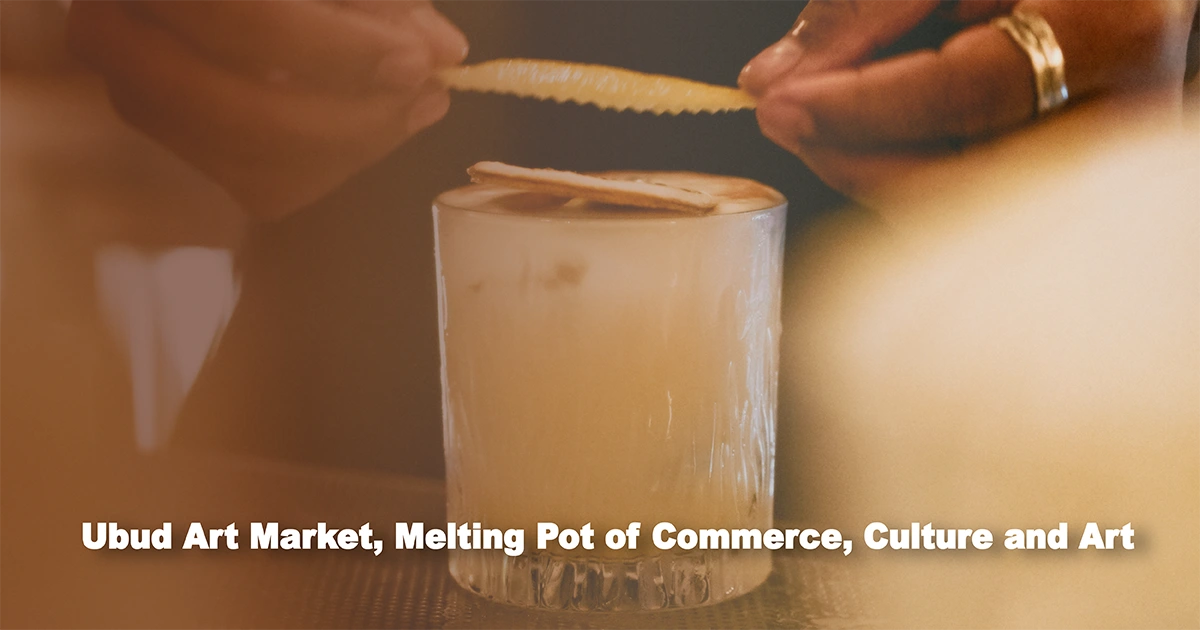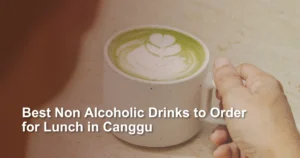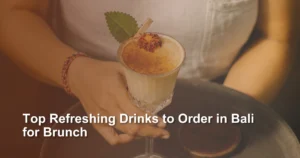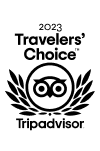Ubud is renowned for its rich culture, breathtaking landscapes, and vibrant art scene. Among its many attractions, the Ubud Art Market stands out as a must-visit destination for tourists and art enthusiasts alike. This bustling market, known locally as “Pasar Seni Ubud,” offers a captivating glimpse into the artistic soul of Bali, showcasing an array of traditional crafts, contemporary art, and unique souvenirs. In this article, we will delve into the history, offerings, and cultural significance of the Ubud Art Market, painting a detailed picture of why this market is a quintessential part of the Ubud experience.
A Brief History of the Ubud Art Market
The Ubud Art Market has been a cornerstone of the town’s cultural and economic life for decades. Ubud itself has a long history as a center of Balinese art and culture, dating back to the late 19th and early 20th centuries when the town attracted artists and intellectuals from around the world. The market emerged organically as a place where local artisans could sell their creations directly to visitors, fostering a unique exchange between artists and buyers.
The Layout and Atmosphere of Ubud Art Market
Situated at the central crossroads of Jalan Raya Ubud and Jalan Monkey Forest, the Ubud Art Market is easily accessible and hard to miss. The market is divided into two main sections: the western block and the eastern block. The western block, closest to the main road, is where you’ll find a plethora of souvenirs, clothing, and handicrafts. The eastern block, slightly more hidden, is where the true artistic treasures lie, offering fine art pieces and traditional Balinese crafts.
Walking through the market, you’ll be enveloped by a vibrant, bustling atmosphere. The air is filled with the sounds of bargaining, the chatter of tourists, and the rhythmic clinking of chisel against wood. Stalls are packed tightly together, their colorful wares spilling out onto the narrow walkways. It’s a sensory overload in the best possible way, with every turn offering something new and intriguing.
What to Expect & What Can You Buy in Ubud Art Market
1. Traditional Balinese Crafts
The Ubud Art Market is a treasure trove of traditional Balinese crafts. Here, you can find intricately carved wooden statues, masks, and panels that depict scenes from Hindu mythology and Balinese daily life. These pieces, often crafted from local woods such as teak and mahogany, showcase the remarkable skill and attention to detail of Balinese artisans. The art of wood carving has been passed down through generations, and each piece tells a story that connects the present with the past.
2. Textiles and Clothing
Bali is famous for its textiles, and the Ubud Art Market is a great place to explore this aspect of Balinese culture. You’ll find a stunning array of batik fabrics, sarongs, and ikat weavings. Batik, a technique that involves dyeing fabric through a resist process, results in intricate patterns and vibrant colors. These textiles can be purchased as fabric pieces or as ready-made clothing, such as dresses, shirts, and scarves. Each piece is a work of art in its own right, making them perfect souvenirs or gifts.
3. Paintings and Fine Art
For those interested in fine art, the Ubud Art Market does not disappoint. Numerous stalls and small galleries feature paintings by local artists, ranging from traditional Balinese styles to contemporary works. Traditional Balinese paintings often depict religious and mythological themes, rendered in intricate detail and vibrant colors. Contemporary artists, on the other hand, might experiment with modern techniques and abstract forms, reflecting the evolving nature of Balinese art. Whether you’re a serious collector or simply looking for a beautiful piece to adorn your home, the market offers something for every taste.
4. Jewelry and Accessories
Jewelry lovers will find a dazzling array of options at the Ubud Art Market. Balinese silver jewelry is particularly famous, known for its intricate designs and high-quality craftsmanship. Rings, necklaces, bracelets, and earrings are often adorned with motifs inspired by nature and Balinese mythology. Additionally, you’ll find a variety of beaded jewelry, made from locally sourced materials such as shells, seeds, and semi-precious stones. These accessories are perfect for adding a touch of Balinese flair to any outfit.
The Art of Bargaining
One of the unique aspects of shopping at the Ubud Art Market is the opportunity to engage in the traditional art of bargaining. Unlike fixed-price stores, prices at the market are often negotiable, and haggling is expected. For many visitors, this can be an enjoyable part of the shopping experience. However, it’s important to approach bargaining with respect and a sense of humor. Start by offering a price lower than what you’re willing to pay, and gradually work your way up. Remember, the goal is to reach a fair price that satisfies both parties.
Shopping at the Ubud Art Market is not just about acquiring beautiful objects; it’s also about supporting the local economy and preserving Balinese culture. Many of the vendors are artisans themselves or work closely with local craftspeople. By purchasing directly from them, you’re helping to sustain their livelihoods and ensure the continuation of traditional crafts. Moreover, the market provides a platform for emerging artists to showcase their work, fostering a vibrant artistic community.
Tips for Visitors When Shoppeing in Ubud Art Market
Visiting the Ubud Art Market can be a delightful experience, but a little preparation can go a long way in ensuring you make the most of your visit. Here are some practical tips:
- Timing
The market opens early in the morning and stays open until late afternoon. Arriving early can help you avoid the crowds and the midday heat. - Cash
While some vendors may accept credit cards, it’s best to carry cash, preferably in smaller denominations. This makes bargaining easier and speeds up transactions. - Hydration
The market can get quite hot, especially in the midday sun. Bring a water bottle to stay hydrated as you explore. - Respect
Always approach interactions with vendors with respect and patience. A friendly attitude goes a long way in making your shopping experience enjoyable.
The Ubud Art Market is more than just a place to buy souvenirs; it’s a vibrant hub of Balinese culture and creativity. You’ll feel right at home if you’re an art enthusiast, a shopaholic, or a curious traveler, the market offers a unique glimpse into the heart of Ubud. From traditional crafts and textiles to fine art and jewelry, there’s something to captivate every visitor. So, the next time you find yourself in Bali, make sure to carve out some time to explore this cultural gem. You’ll leave with not just beautiful keepsakes, but also memories of an experience that embodies the spirit of Bali.
Frequently Asked Questions About Ubud Art Market
1. What are the opening hours of the Ubud Art Market?
The Ubud Art Market typically opens at around 8:00 AM and closes at about 6:00 PM. However, We suggest visiting to visit in the morning when the market is less crowded, and the temperatures are cooler. Some vendors may start setting up as early as 7:00 AM, and it’s a great time to explore without the hustle and bustle.
2. Is the Ubud Art Market accessible for people with disabilities?
The Ubud Art Market is set up in an outdoor, bustling environment with narrow walkways and uneven surfaces, which can be challenging for people with mobility issues. While there are some ramps and relatively flat areas, the crowded and compact nature of the market might pose difficulties. We advise you to have a companion to assist if necessary.
3. Are there any parking facilities near the Ubud Art Market?
Yes, there are parking facilities available near the Ubud Art Market. However, parking can be quite limited and crowded, especially during peak tourist seasons. It’s often easier to reach the market by walking if you are staying nearby, or you can hire a taxi or use a ride-sharing service to avoid the hassle of finding parking.










